Lavender Seedling Stages
With its iconic flowers and unmistakable scent, lavender holds enduring appeal for gardeners worldwide. Both aesthetically pleasing and commercially valuable for its essential oils, lavender cultivated at home brings multifaceted rewards. I have explored the full arc of lavender seedling stages to empower every plant custodian’s journey with this aromatic herb.
I begin by examining optimal environmental conditions for healthy lavender cultivation. An overview of growth timeframes and rates sets realistic expectations before diving into a chronological tour of development milestones from seed germination to fruiting.
Check out similar Eggplant Growing Stages
Alongside core growing stages, tips for identifying harvest timing help reap aromatic rewards. For devoted gardeners, few journeys impart more joy than nurturing lavender’s fragrant abundance from base beginnings to bountiful blooms.
Conditions for Growing Lavender
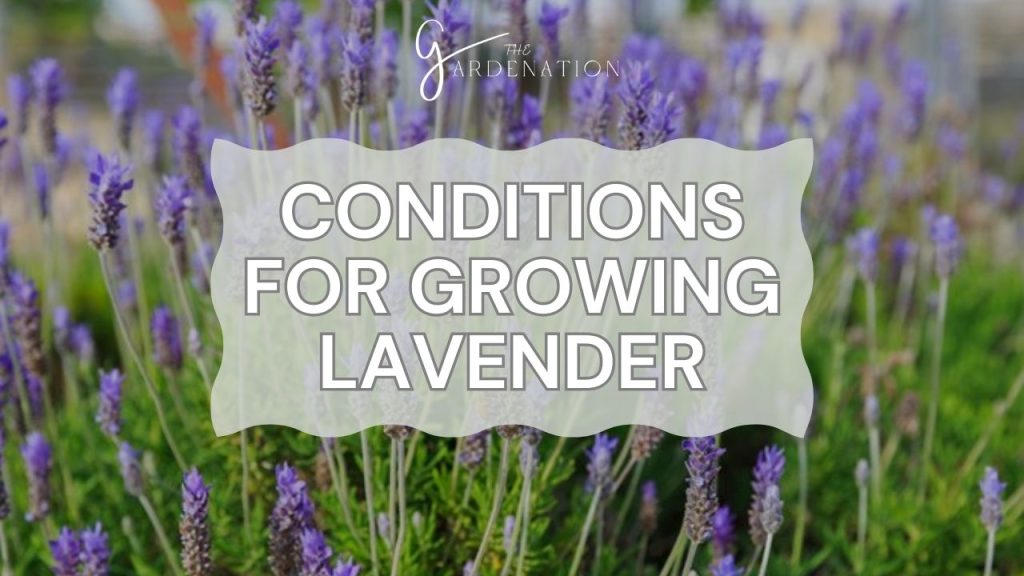
Hailing originally from the Mediterranean, lavender thrives in dry, temperate climates with long sunny summers. Most varieties flourish in USDA Hardiness Zones 5 through 9, tolerating winter lows down to -20°F when dormant. Well-drained, slightly alkaline soil with pH 6.7-7.3 satisfies most lavender species, enhanced by additions of sand, gravel or clay.
Lavender needs full sunlight exposure for at least 6 hours daily. Dappled shade compromises flowering and oil quality. Ensuring sharp drainage prevents fungal root diseases in humid environs. I try situating plants on sloped beds, in raised rows or containers controls moisture saturation. Careful watering only when soil partly dries further assists healthy growth.
Lavender Growth Rate
Lavender follows a moderately slow growth trajectory, spreading outward at around 12 inches per year once established. Bloom onset reaches peak impact in years 2-3. Individual plants typically survive 5+ years under optimal care with proper wintering protection.
Growth velocity depends somewhat on chosen lavender species. English lavender (Lavandula angustifolia) matures fastest alongside prolific bloom capacity. Italian lavender (Lavandula x intermedia) demonstrates slightly more controlled habits. Growth rates also hinge on seasonal shifts, slowing in cold months with leaf drop before reviving through vigorous spring propagation.
Growth Stages of Lavender
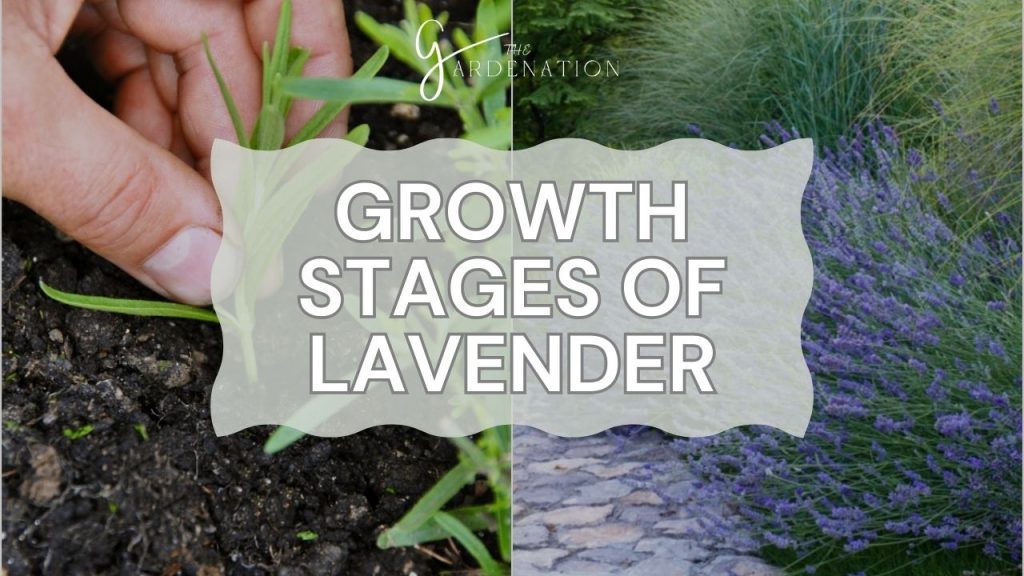
The lavender life cycle follows annual rhythmic patterns. Seed germination and emergence occur in late spring before vegetative propagation accelerates through summer. Flower buds set and bloom in midsummer, lasting approximately 6 weeks. Pollinated flowers eventually produce aromatic fruits containing next season’s seed bounty before winter dormancy resets the sequence.
New plants grown from seed take 12-18 months before reaching reproductive maturity and full bloom capacity. Yet patience brings profound rewards for lavender devotees celebrating each hard-won milestone en route to aromatic abundance.
Seed Germination
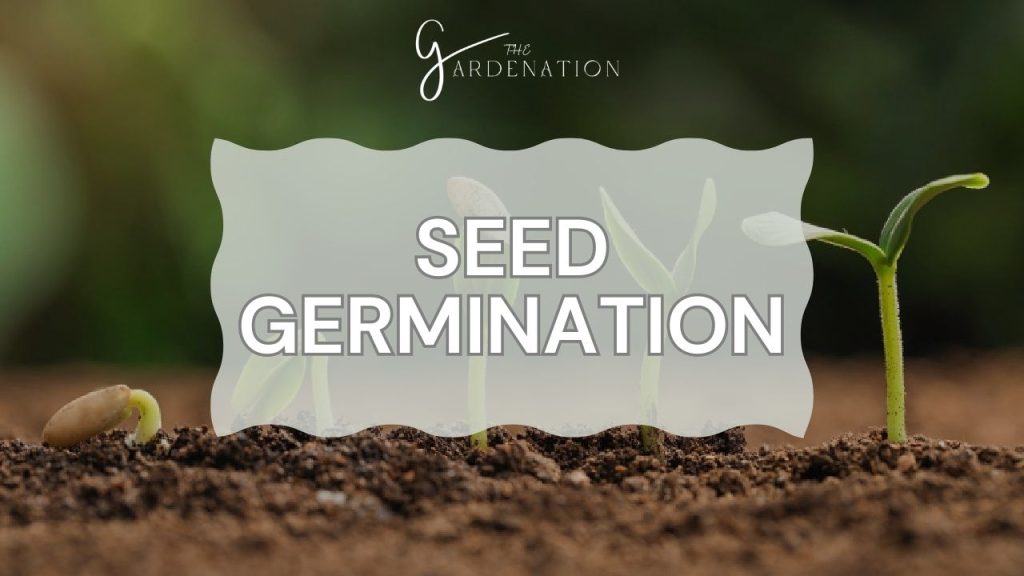
My quest begins by planting harvested lavender seeds or store-bought packets in early spring once temperatures warm above 60°F. The seeds require initial cold exposure to break dormancy and initiate germination biological processes. I try refrigerating seeds in damp paper towels for 2-4 weeks before planting kickstarts growth hormones and enzymatic reactions for better synchronization post-planting.
Once chilled, seeds go in prepared nursery beds or starter pots, buried 1⁄4 to 1⁄2 inches deep in well-draining potting mix. I maintain soil moisture while providing ambient warmth around 70°F and direct light exposure to encourage sprouting. First signs emerge within 14-28 days.
Lavender Seedling Stages
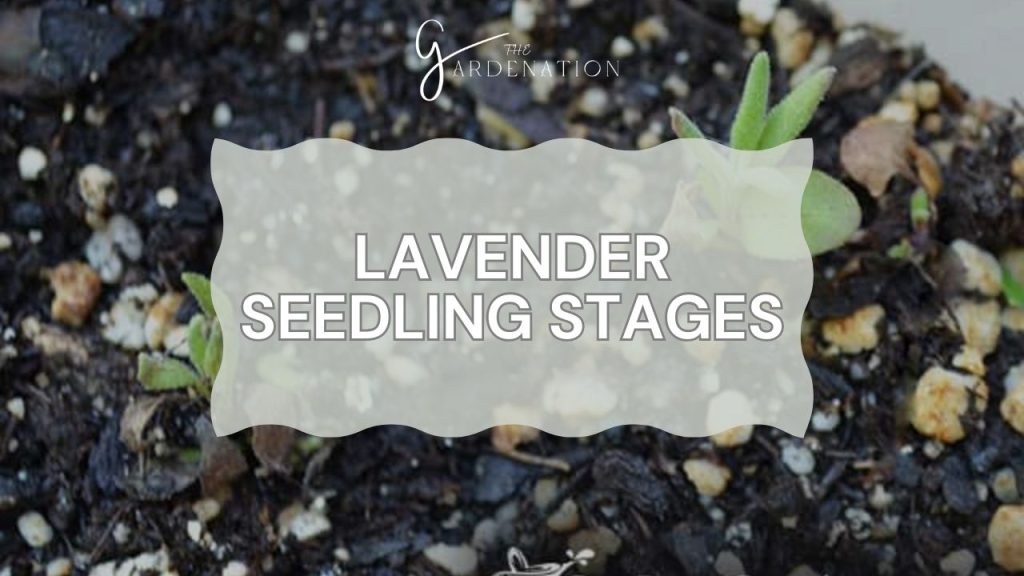
Sprouting lavender seeds unfurl a taproot alongside a rising shoot tipped by cotyledon embryonic leaves. As cells multiply, true serrated foliage follows, arranged in whorls up the lengthening stem. Once 4 sets appear, I transplant into individual containers to prevent inter-plant competition, allowing proper maturation over 30-90 days.
Seedlings require ample warmth and protection from pests and diseases while establishing hardy frameworks for surviving less hospitable conditions outdoors. Gentle handling prevents trauma to developing structures. I monitor for fungal issues if seedlings appear weak, discolored or wilted. I support healthy specimens through consistent care indoors until ready for transition outside.
Vegetative Growth
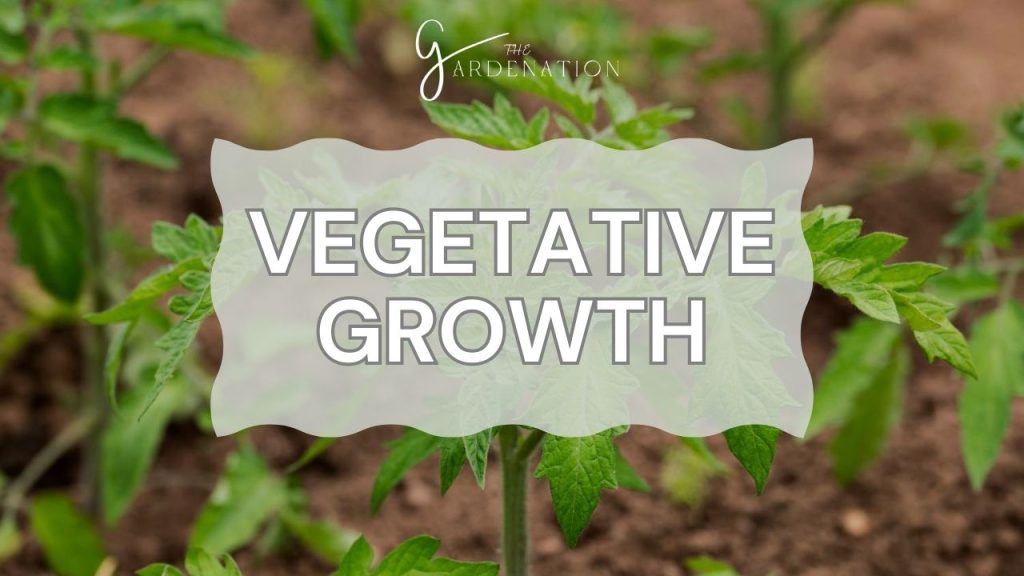
Upon successful acclimatization outdoors comes lavender’s gangly adolescent stage, demonstrating rapid foliar expansion for gathering sunlight and powering metabolic growth. New shoots add bushy breadth while roots anchor the plant and store carbohydrate energy reserves. Formative pruning shapes healthy branching patterns, preventing leggy appearance.
After some months, lower stems gradually toughen into woody bases making plants more resilient. Yet tender new growth remains vulnerable to environmental factors. Careful preventative care via drainage considerations, row covers from frost and proper watering ensures propagules transform into hardy, robust specimens entering reproductive maturity.
Flowering
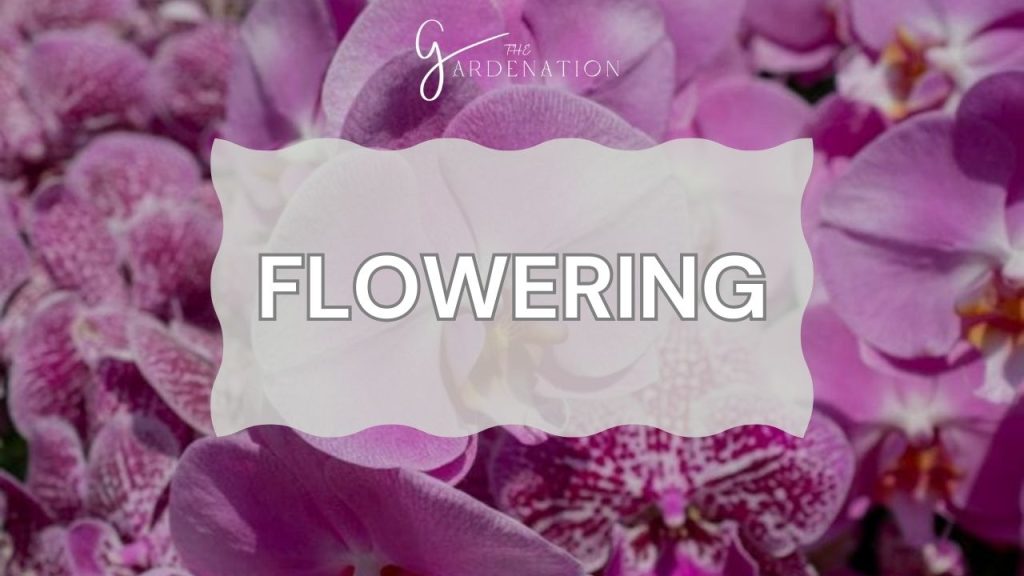
Within two to three years of sowing seeds, familiar floral spikes begin emerging from established lavender crowns to signal the impending wonders of late summer bloom. Buds set as daylight lengthening and warming temperatures send biochemical cues activating reproductive functions. Sequential flowering travels up the spike as blossoms open from base to tip in succession over several summer weeks.
Lavender flowers hold delicate beauty with pale purple hues and signature aromatic oils. Whorls of petals attract pollinators like bees, butterflies and hummingbirds, ensuring cross-pollination and eventual fruit production for future generations. I do careful pruning after initial flowering to encourage re-bloom flushes before fall.
For more information about kitchen garden you can visit: Cucumber Plant Life Cycle
Pollination
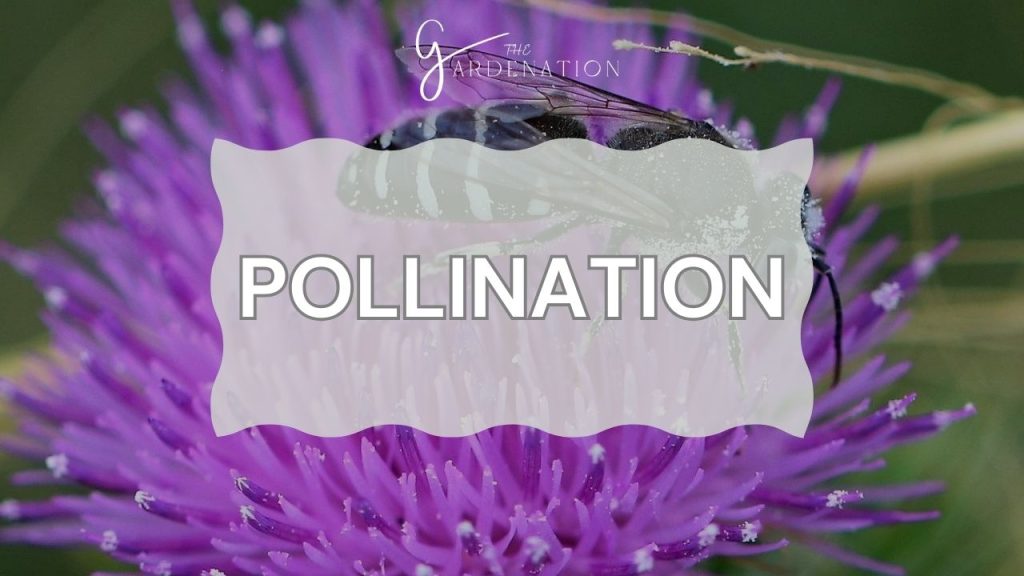
Amid the summer garden, few sights bring me more joy than busy bumble bees methodically foraging between lavender blooms gathering protein-rich pollen for their hives while inadvertently fertilizing future seed growth. As they traverse between plants, these efficient pollinators distribute pollen grains to receptive female floral parts, completing cross-pollination.
Unlike self-fertile flowers, lavender relies completely on insect couriers delivering external genetic materials for successful fruit production. This symbiotic gardening relationship between lavender and native pollinators boosts ecological diversity beyond ornamental benefits. I try encouraging pollinators through flowers and habitat availability which nourishes environmental and agricultural ecosystems.
Seed Development
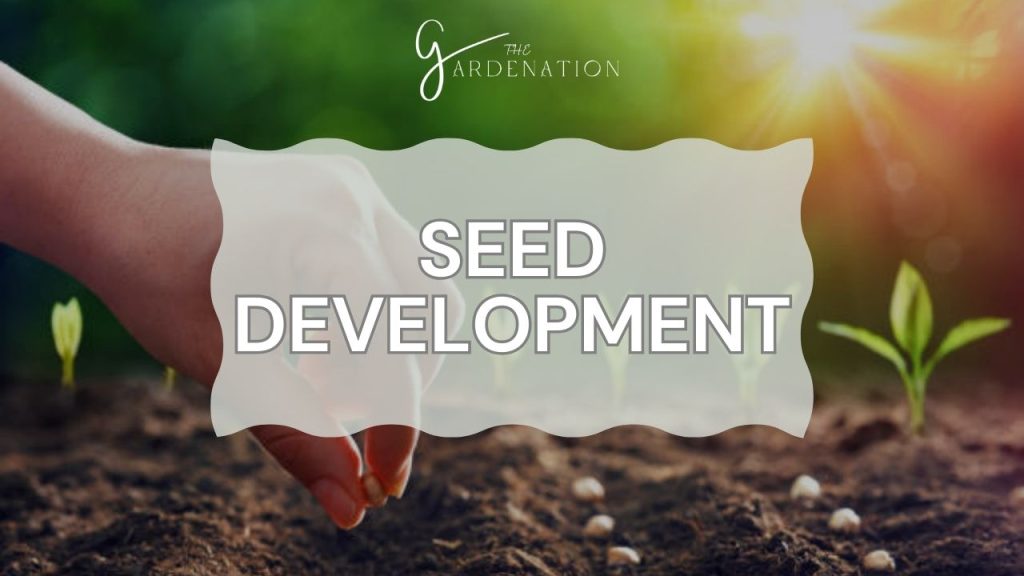
In the weeks following successful pollination, nascent fruits called nutlets gradually develop at the base of wilting lavender blossoms. These dry, brown seeds reach maturity 6-8 weeks post-pollination in early bloomers while late season flowers set fruit through fall.
Mature nutlets contain next year’s genetic bounty. I harvest them once flower heads fully dry out to provide sustainable seed stock for propagating future generations. Seeds demonstrating plump, firm shapes often promise the best germination rates when stored through winter in breathable containers kept cool and dry.
Harvesting Lavender
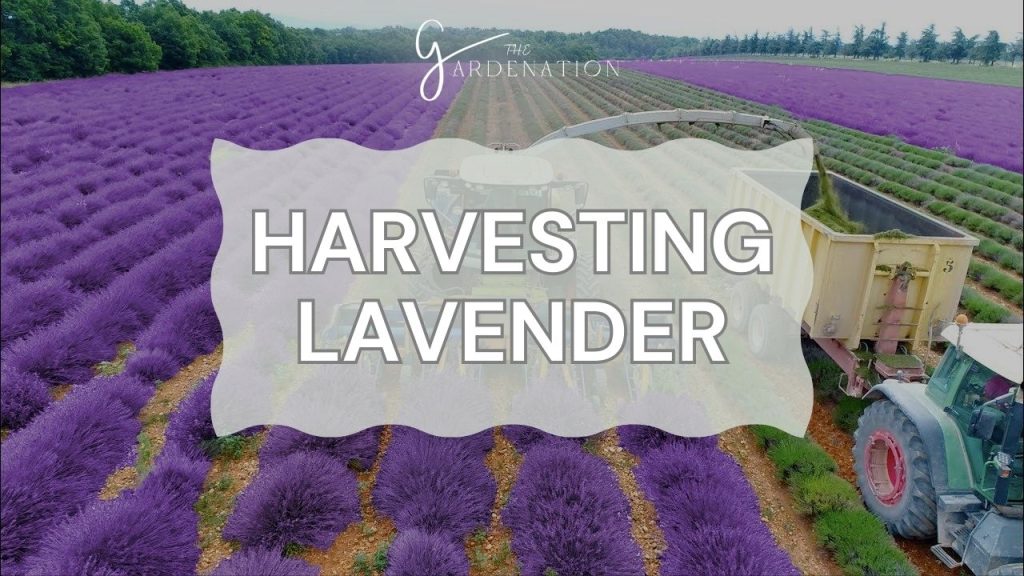
Determining ideal timing for culling lavender’s aromatic benefits requires balancing flower formation, oil concentrations and intended uses. For the best fragrance properties, traditional wisdom advises snipping flower spikes when only one or two rings of petals open. As blossoms fully emerge, the aroma becomes diluted. Morning harvests after dew evaporation but before heat escalation retain rich concentrations.
Lavender foliage also offers year-round utility for crafting and cooking. I cut leaves before expected fall frosts to dry for sachets or baking into desserts all winter long while new shoots generate next spring. Timed correctly, home growers experience lavender’s versatility through every season.
Frequently Asked Questions
What is the lifespan of a lavender plant?
With optimal care, lavender lasts 5 years or longer before declining. Extreme winters occasionally necessitate replacing plants. Choose disease-resistant English cultivars for hardiness.
Should different lavender flower stages be harvested differently?
Yes. For best fragrance oils, harvest early flowering spikes with 1-2 open rings of petals only. Fully developed flowers lose potency. Trimming early blooms also encourages repeat flowering before fall.
Why prune lavender after initial flowering?
Pruning spent blooms redirects the plant’s energy into new growth rather than seed development. This generates abundant foliage for additional flower spikes extending enjoyment through fall.
What common problems impact lavender growth?
Root rot from excessive moisture causes fatal issues. Improve drainage through raised beds, gravel additions or container planting to avoid problems. Harsh winter damage and foliar fungal diseases should also elicit prompt protective responses.
Conclusion
From germination through bountiful blooms and finally seed harvest, exploring the arc of lavender development reveals nature’s phasic wonders in aromatic form. Appreciating the growth velocities and milestones guiding this plant from seed to maturity allows lavender devotees to anticipate and support next season’s god graces through meticulous caregiving. Soon patience transforms to profound joy at nature’s perfume awakening through the first breath of purple petals amid buzzing gardens.

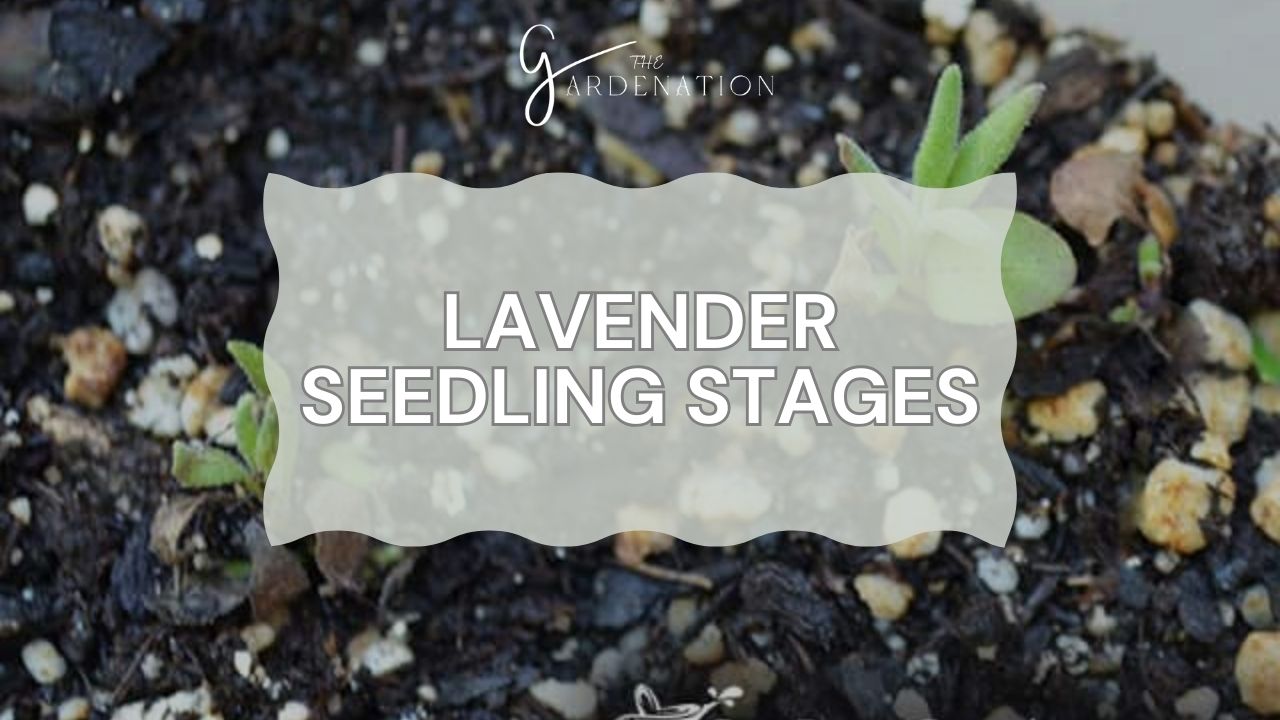
One Comment